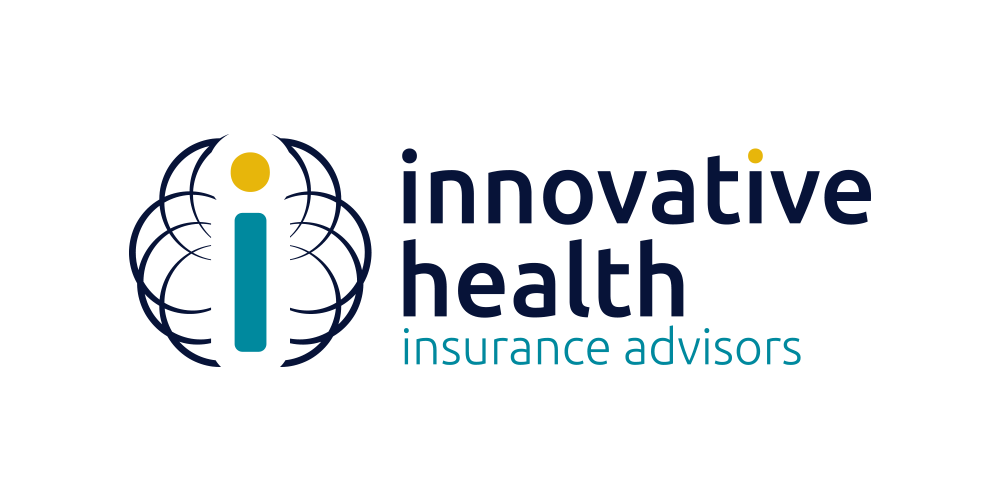What Does the 2024 ACA Affordability Decrease to 8.39 % Mean to You? How Will It Affect Your Health Plans?
With the IRS’s recent updates outlined in Rev. Proc. 2023-29, it’s essential to grasp the key takeaways that will impact the costs of your 2024 employer-sponsored health and prescription drug plans.
To navigate the Affordable Care Act (ACA) effectively, you must be familiar with the three “safe harbors” for determining affordable employer-provided coverage: the Federal Poverty Level Safe Harbor, the Rate of Pay Safe Harbor, and the W-2 Wages Safe Harbor. Employers must meet one of these safe harbors to demonstrate affordability.
1. 2024 ACA Affordability Percentage Decrease to 8.39%
For the second consecutive year, the IRS has announced a decrease in the ACA affordability percentage used to assess compliance with the employer mandate. The new rate of 8.39% is a reduction from 2023’s rate of 9.12%, which had already decreased from 2022’s rate of 9.61%. This percentage represents the maximum portion of an employee’s household income that can be spent while still considering the plan “affordable” under the ACA.
2. 2024 Lowest-Cost Plan: Federal Poverty Line Affordability Safe Harbor
In 2024, calendar year plans offering medical coverage that costs employees no more than $101.93 per month for employee-only coverage automatically meet the ACA affordability standard under the Federal Poverty Line Affordability Safe Harbor. This designation deems coverage affordable for all Full-Time Employees (FTEs) and streamlines ACA 1094 reporting using the Qualifying Offer method. Note that for employees in Alaska, the rate is $127.31 per month, and in Hawaii, it’s $117.25 per month.
3. Utilizing the Rate of Pay Affordability Safe Harbor
When the lowest-cost plan exceeds $101.93 per month, employers should consider using the Rate of Pay affordability safe harbor. This method involves analyzing the lowest hourly rate of pay for hourly full-time employees and the lowest monthly salary for salaried full-time employees. While the calculation is now routine, it’s essential for employers to plan and prepare to keep their plans “affordable” at the reduced rate of 8.39% for 2024.
4. Historical Affordability Rates
The IRS has steadily reduced the ACA-affordability percentage in recent years. In 2020 and 2021, rates were at 9.78% and 9.83%, respectively. Starting in 2022, the rate dropped to 9.61%, and further to 9.12% for 2023. Now, with the 2024 rate at 8.39%, we’re experiencing pricing at its lowest levels ever.
5. Crafting Your 2024 Contribution Strategy
Employers should actively collaborate with their broker/consultant team to develop a 2024 contribution strategy that aligns with ACA affordability safe harbor requirements. Ensuring that at least one of the medical plan choices available to full-time employees, across all regions, doesn’t require an employee share of the premium exceeding $103.28 per month is essential to avoid “tack hammer” penalties, also known as the ACA employer mandate “B-Penalty.”
6. Affordability Mechanics
Avoiding the IRC §4980H(a) or “A Penalty” (the sledgehammer) and the IRC §4980H(b) or “B Penalty” (the tack hammer) is paramount. In 2024, the A-Penalty is $247.50 per month, while the B-Penalty is $371.67 per month. These penalties come into play depending on whether an employer fails to offer minimum essential coverage to at least 95% of its Full-Time-Equivalent Employees (FTEs) or offers coverage that doesn’t meet ACA standards.
7. Impact of Legislative Acts
The Inflation Reduction Act of 2022 (IRA) and the American Rescue Plan Act of 2021 (ARPA) have expanded ACA premium tax credits, eliminating income limits and reducing the percentage of household income required for Exchange-based coverage. This is expected to lead to further reductions in ACA affordability percentages through 2025.
Still Have Questions?
We serve employers who want to offer their employees affordable benefits. We simplify the complexity of providing those benefits and ensure compliance with the Affordable Care Act. We provide affordable benefits for the everyday person. We are different because of our personal service, speed of implementation, and innovative approach to providing benefits coverage.
Learn more about us and our services, here.



